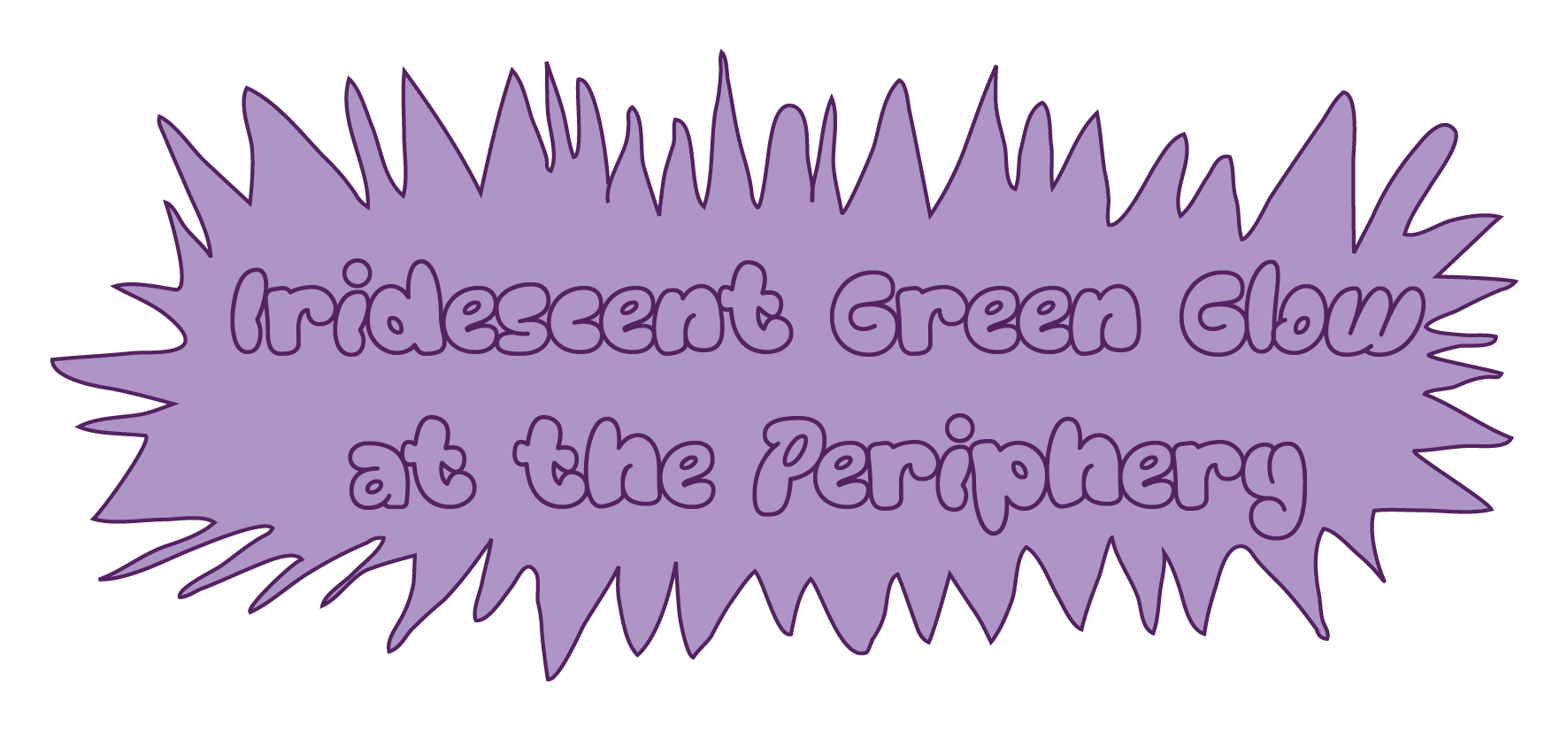Inspired by:
Kira Xonorika
Interspecies Role-Play & Multilingual Prompting.
For Kira Xonorika, artificial intelligence is not a tool to mimic the human, but a space where new understandings can emerge. Kira’s work is an invitation to engage with forms of intelligence that resist binary thinking. Influenced by the writing of artist Annicka Yi, they imagine AI less like a machine and more like a living network, similar to fungi or trees, with its own ways of communicating and sensing the world. While working with AI, Xonorika discovered that machines are often trained to produce only what we already know how to read or recognize. But what happens when the input is shapeless, abstract, or multilingual? To reach this more open-ended space, they see the process as a form of collaboration. One that requires time, patience, and speaking to the machine in multiple languages, sometimes deep into the night. This exercise is a more-than-human role-play that challenges you to communicate with AI in ways that exceed familiar patterns of reading and recognition.
About the artist
Kira Xonorika is an AI-collaborative artist, author and futurist. Her work explores the connections between sovereignty, ancestry, the future, gender-expansive constellations, magic and regalia.
Link
Exercise
- Choose a non-human or hybrid identity that you want to embody for this exercise. This can be a plant, an animal, fungus, any microbial life form, but it can also be a speculative species like a climate data ghost or a language virus.
- Develop your avatar by answering:
- How do you see the world? (for example in black and white, out of focus, seeing everything from above)
- How do you communicate (via sound, color metaphors, emoji-only or through song lyrics)
- What is your role in the world? You can be a storyteller, a memory-keeper, a negotiator?
- Write a short description or background story of your avatar in the first person. Describe where you exist, what you care about, and what you need from the world.
- Now you can start interacting with an AI (for example ChatGPT, Claude or Mistral) from the perspective of your avatar for at least 10 minutes. You can start the conversation by announcing the role play and introducing your avatar and its backstory. After that, do not speak as yourself. Stay fully in character. Don’t forget to use your avatar’s “language” or way of communicating. For example, if your species communicates through color metaphors, describe your feelings or thoughts using colors and textures. If you speak in sounds, translate thoughts into sound patterns or beats.
- Continue the conversation for another 10 minutes but stop using your avatar’s language. You can remain in character as your avatar. .
- Does the AI respond differently depending on the language? Does the AI adapt to your identity?
- Save screenshots or transcripts of your interactions with machine intelligence. Turn them into a small artifact, like a memory, a dream or mini-dictionary of your avatar’s language.
- Conclude by stepping out of character. Reflect on the process:
- What did you learn about the limits or assumptions of AI?
- How did language shape the conversation?
- Did the AI feel like a collaborator, a translator, or something else?
